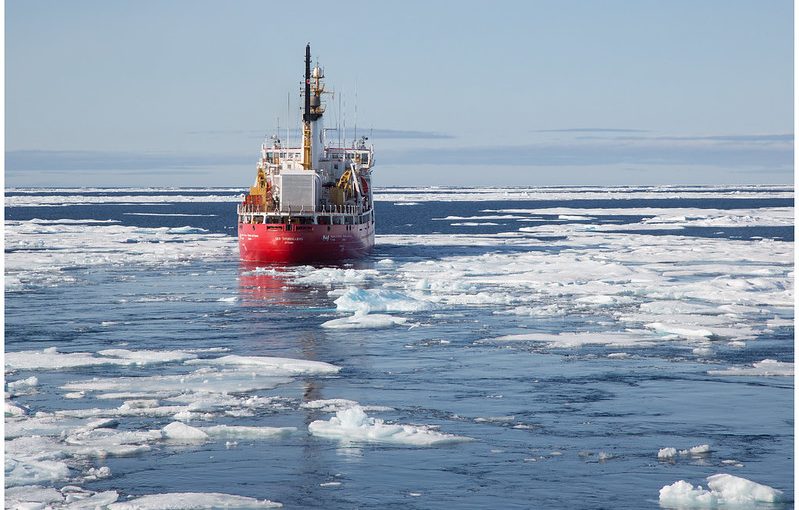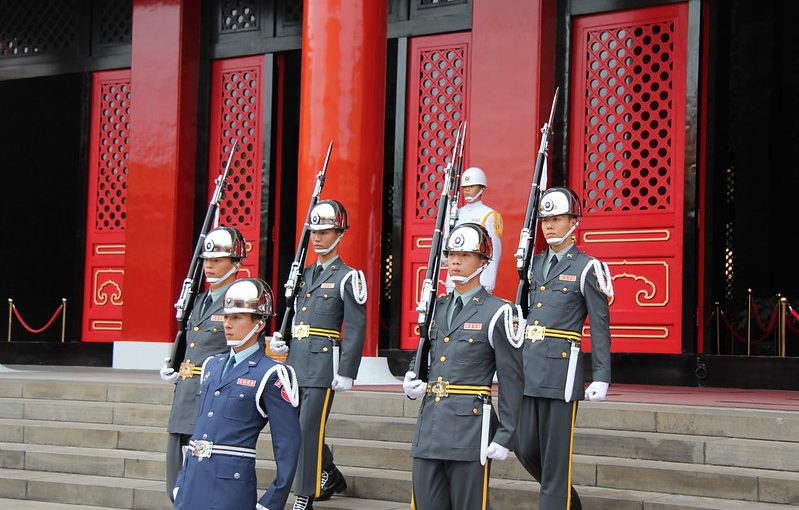Well there are climate change deniers all over the world but not among the governments of the countries of the Far North. For countries that have territory about the Arctic Circle, global warming and its effects are very real. These countries include:
- Canada
- Denmark
- Finland
- Iceland
- Russia
- Sweden
- Norway
- US
The effects they are observing are not the stuff of tree-hugger rants, but rather an opening of their region to shipping, resource exploitation, tourism, and of course geopolitical rivalry. Global warming in the arctic is reported to be three times the global average and has opened up a world of possibilities, not all of them good.
Russia’s GDP is estimated to be 25% generated by its arctic territory has a real vested interest in this changing landscape.The Russian military, many of whose northern bases are relics of the Cold War with the US, are being re-militarized. Russia’s biggest concern might be the Northern Sea Route which skirts its northern border and cuts shipping time from Asia to Western Europe by about 2 weeks. Moreover, from the Russian point of view, the US and NATO are uncomfortably active on the periphery of its territory.
The US has its own interests in the arctic. The first is with its NATO allies who must surely be heartened by the fact that the Biden administration has placed such emphasis on its alliances, particularly the key one with its traditional European friends. For example, the US signed a revised agreement with Norway in April allowing it to build facilities in the country with a view toward countering Russian moves in the region. Many analysts see the US playing catch up with the Russians who have been taking their arctic borders seriously for a long time, and who have put in resources to ensure their ability to compete if not dominate all comers. ( For example: Russia has 40 icebreakers vs. just 2 for the US.)
And then there is China. China doesn’t appear on the list of countries with territory in the arctic, but since 2018 China has been referred to as a “near Arctic” country. Clearly, China’s main interest in the High North is with regard to its Belt and Road program. Russia may cast a wary eye on Chinese moves to become a player in arctic development and research feeling hemmed in by its neighbor.
In May 2020 the Arctic Council Ministerial Meeting was held and Russia assumed the chair. The message to come out of the meeting was one of peace and stability for the region, and the meeting was of such importance that both US Secretary of State Tony Blinken and Russian Foreign Minister Serge Lavrov took time to make an appearance.
Peace and stability for the region seems like a good thing, and if cooperation is the order of the day it is good. However, with competition heating up, and activity in the region showing no signs of slowing down, it may be just a matter of time before misunderstandings and disagreements arise.
Regardless, it looks like thinkers and planners around the globe from the government and the military will have to add this region to their portfolio of early 21st century potential flashpoints.
Photo: Martha de Jong-Lantik via flickr
 日本語
日本語 English
English 中国語
中国語
